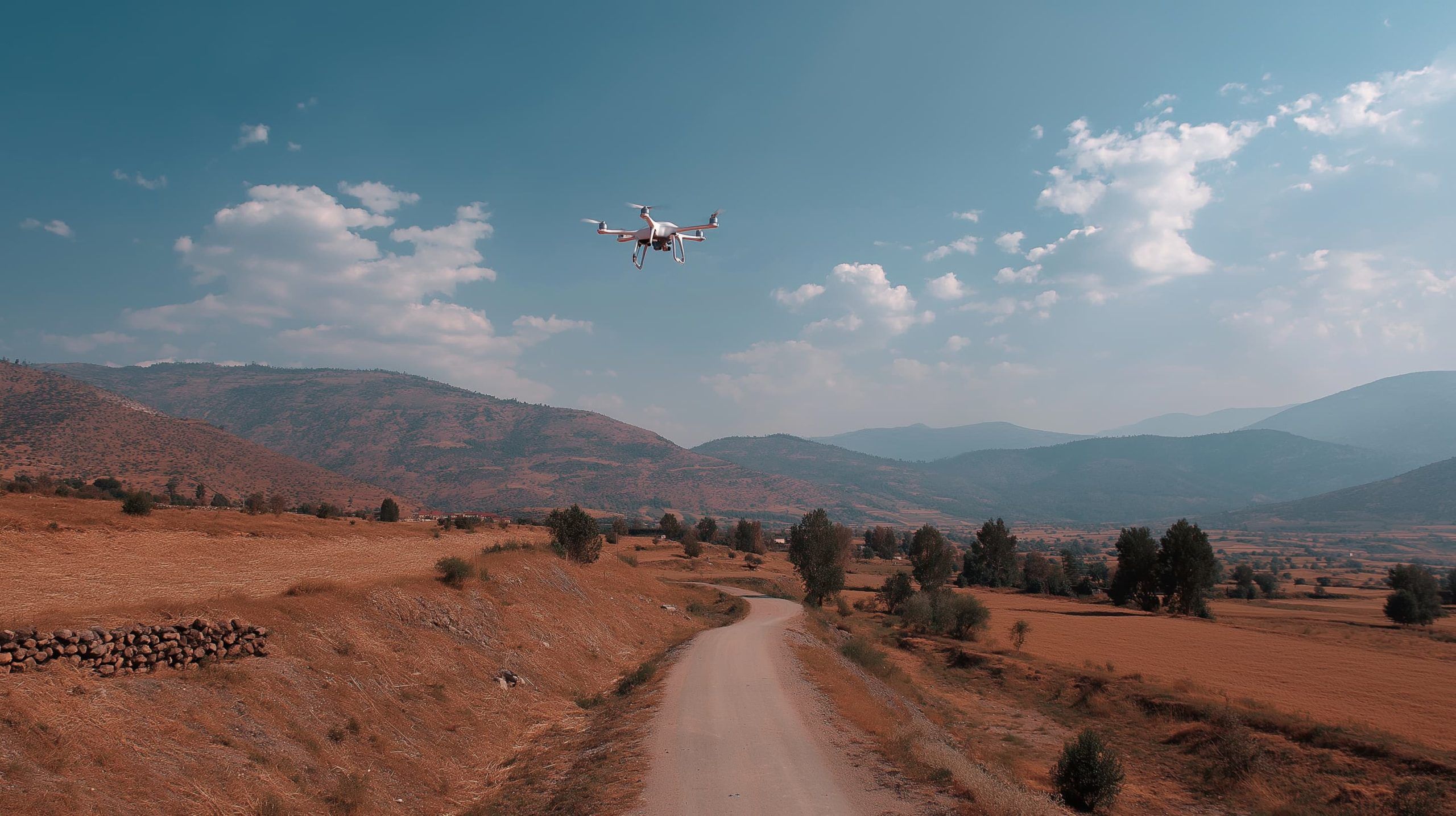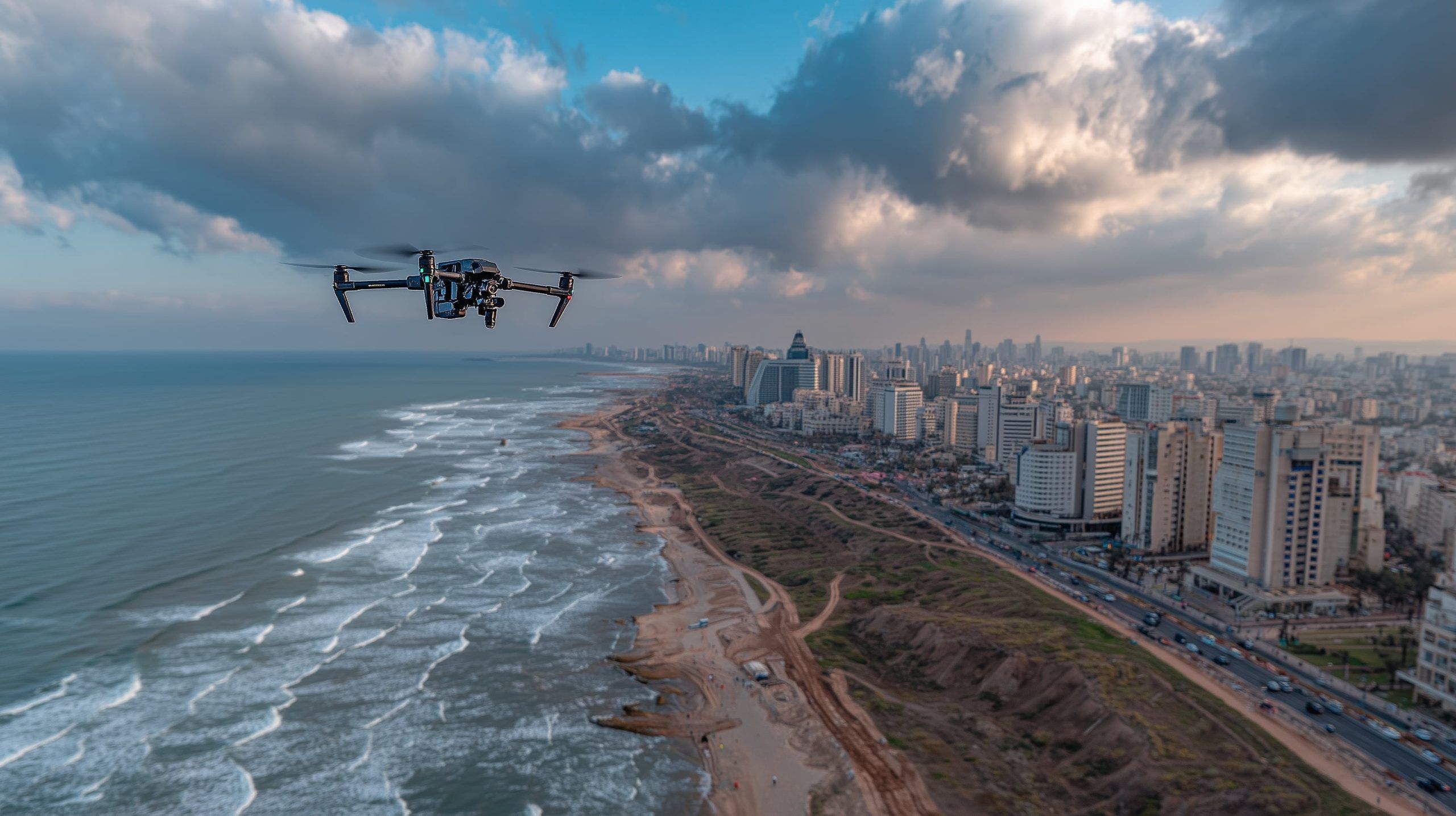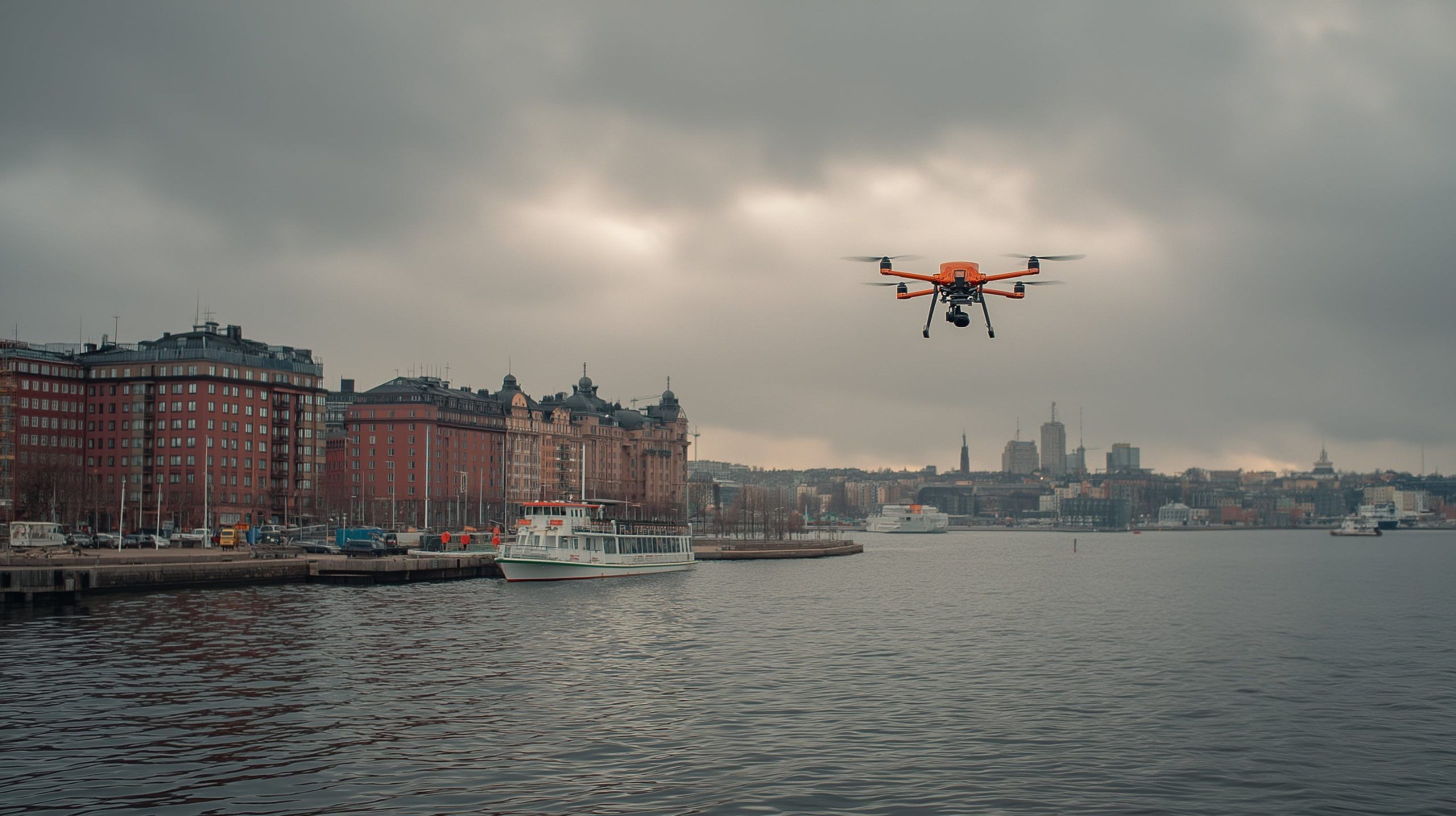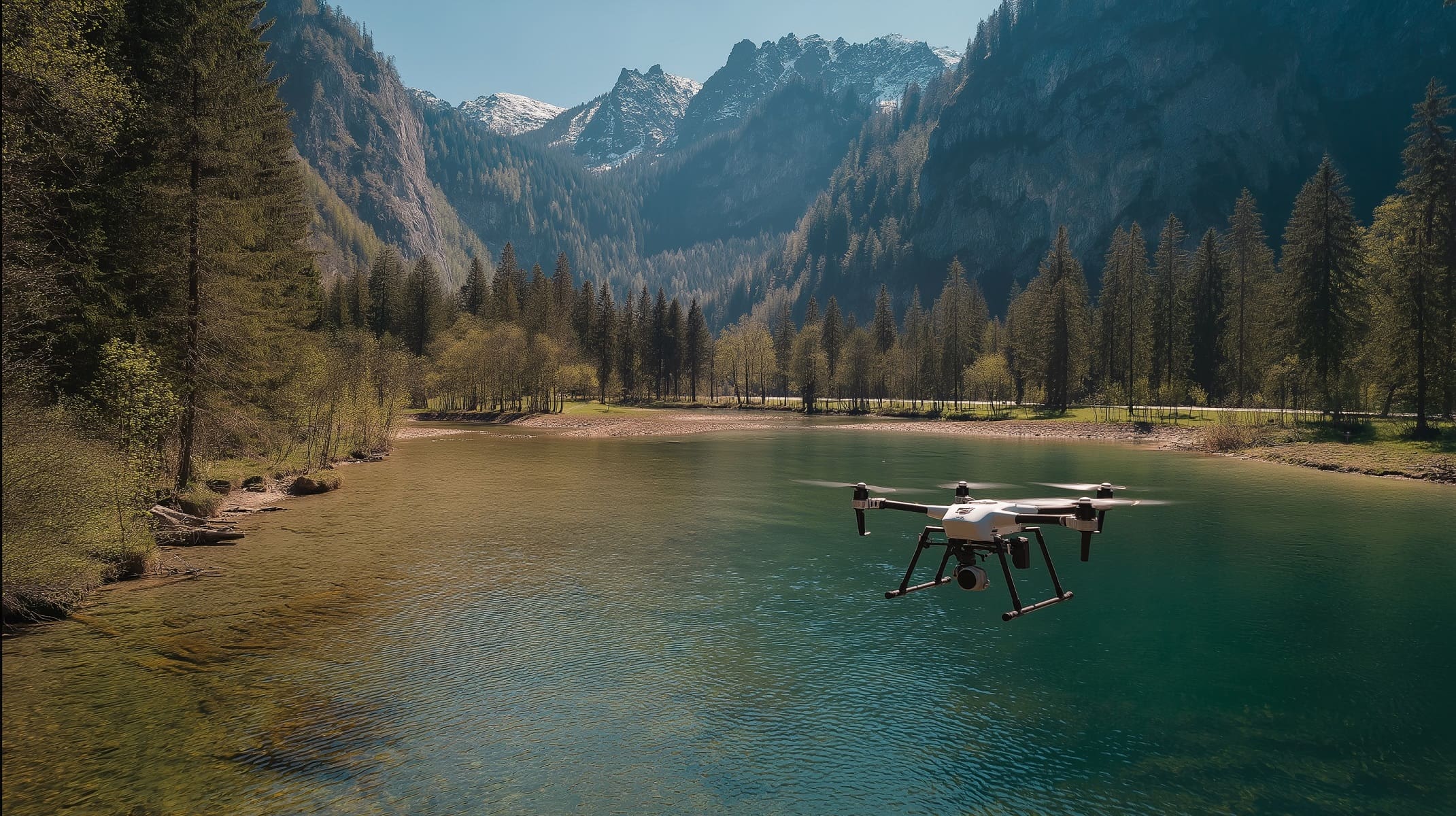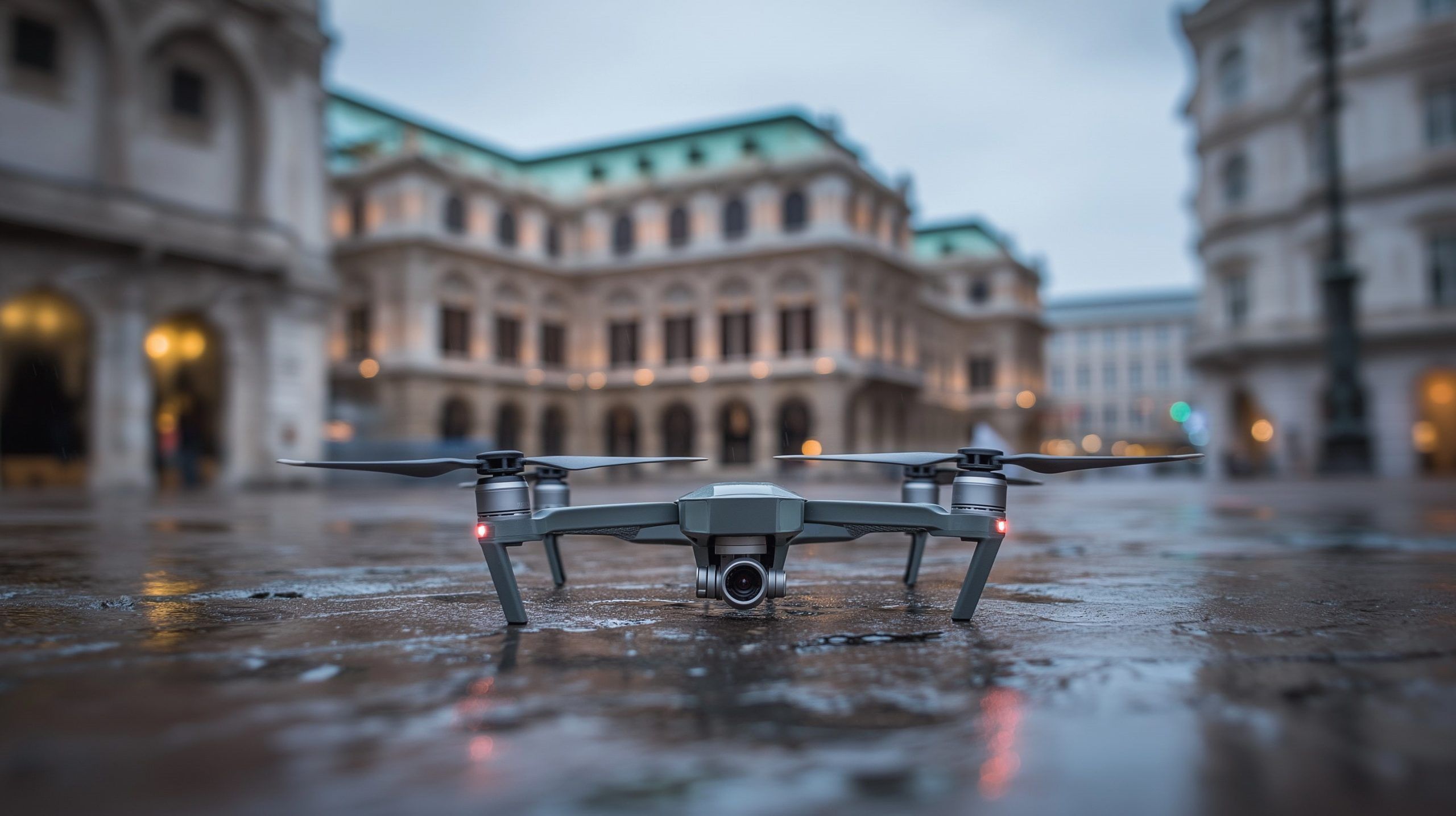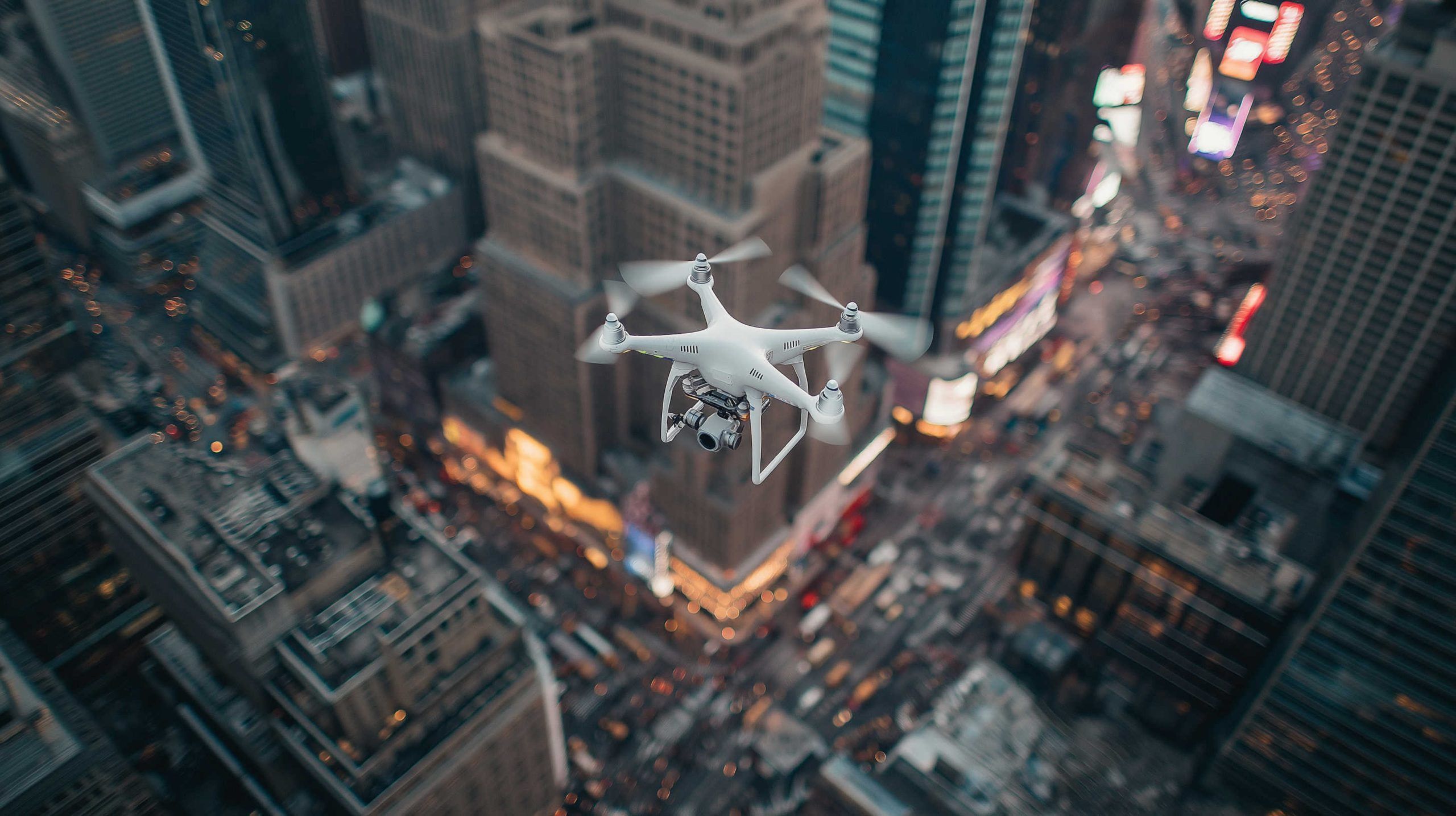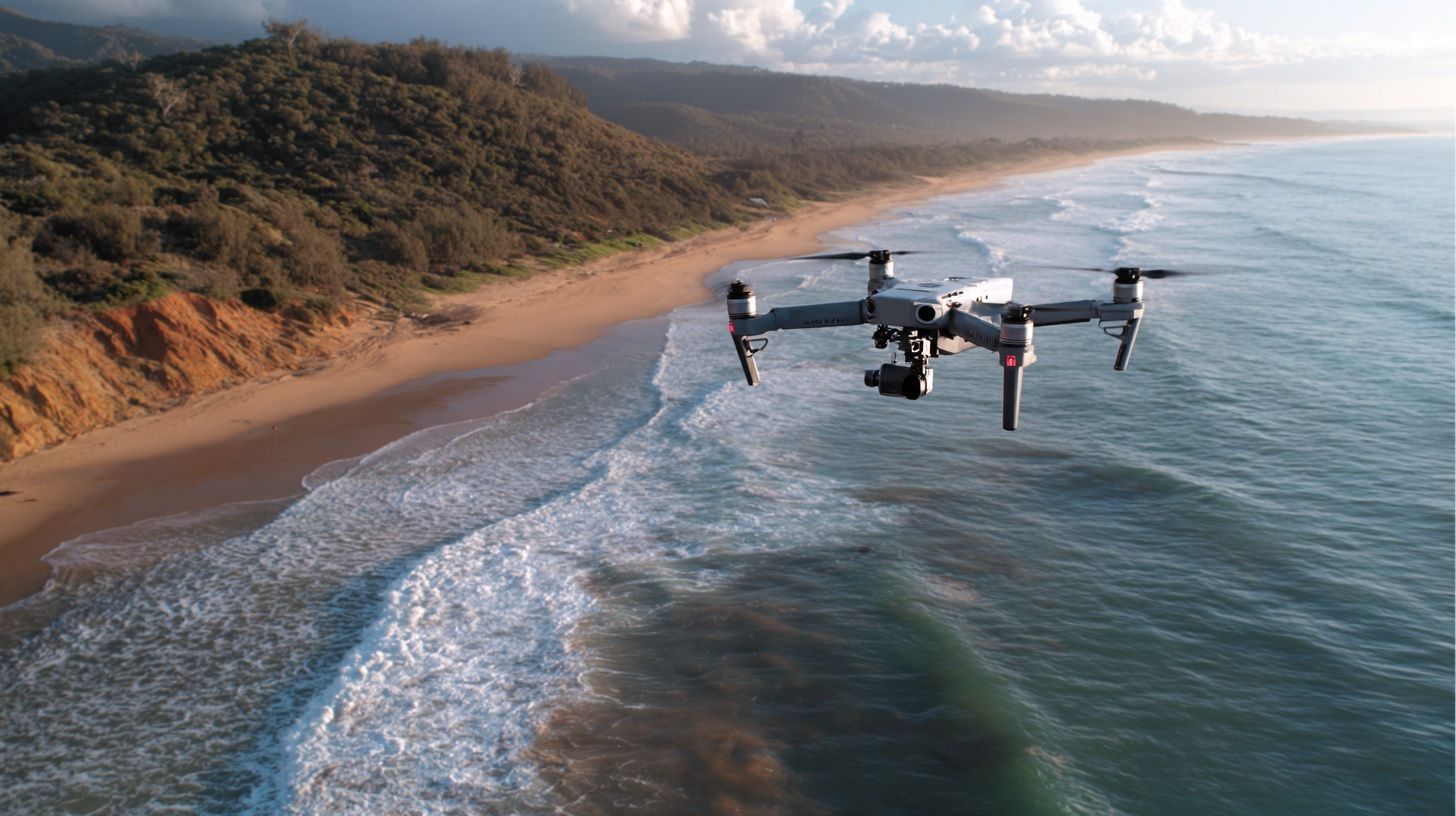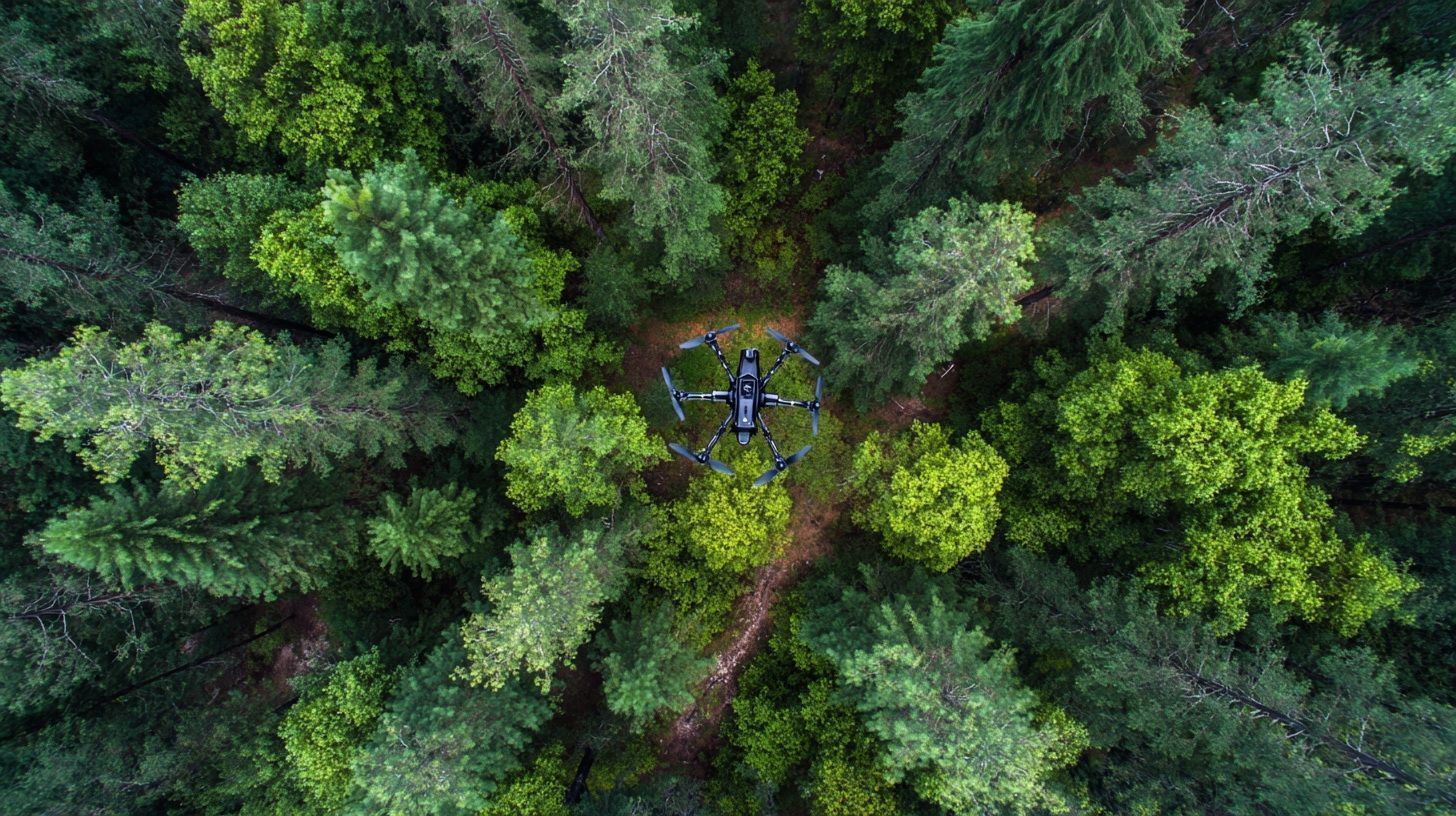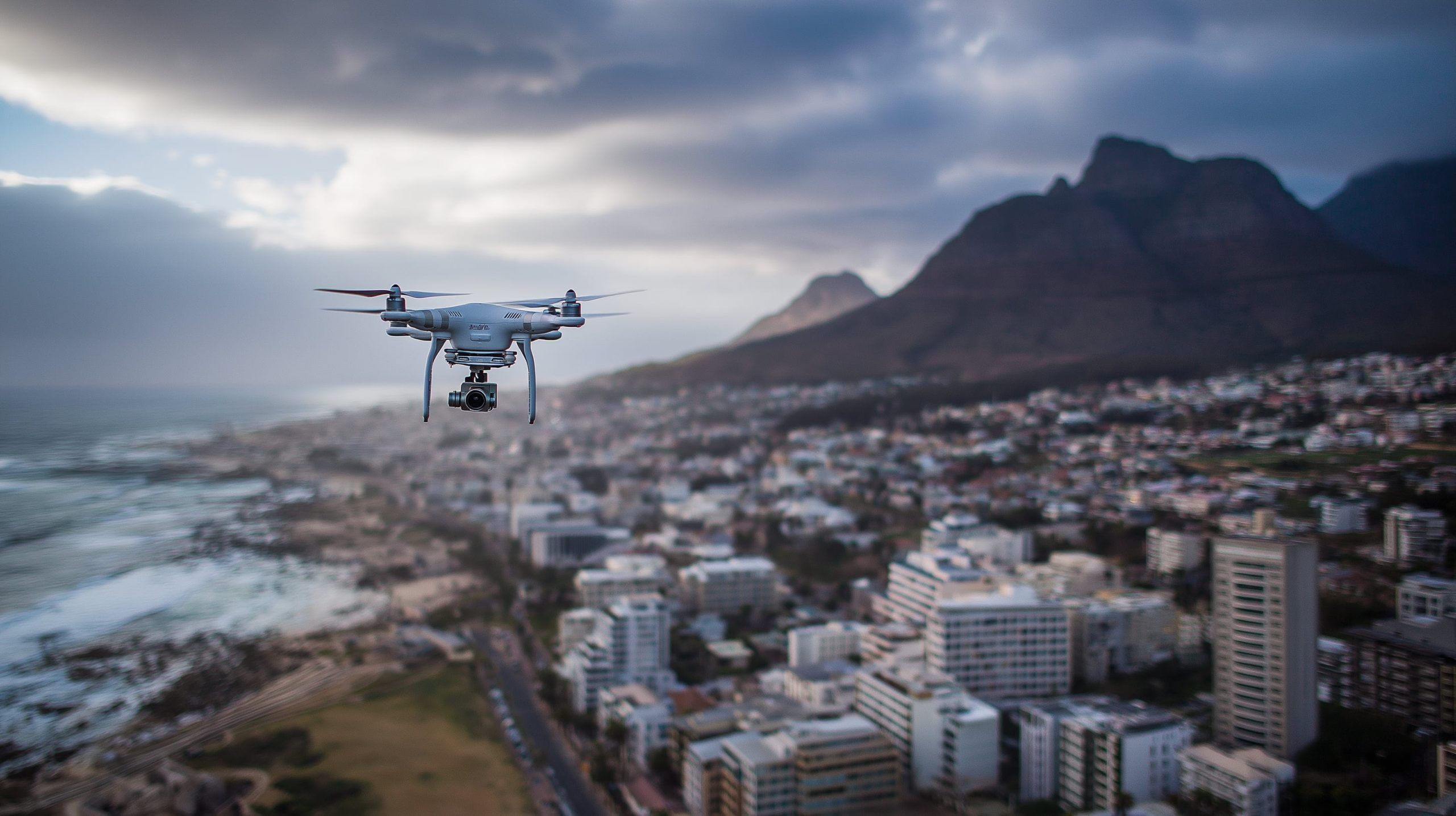
Cape Town Drone Laws 2025: Ultimate Guide to Safe Flying, No-Fly Zones, and Avoiding Hefty Fines
On 1 July 2015, SACAA implemented Part 101, introducing licensing, drone registration, operating certificates, and safety restrictions for drones nationwide. Drones are illegal to fly within 10 kilometers of airports, helipads, or airfields without written SACAA authorization and ATC coordination.
